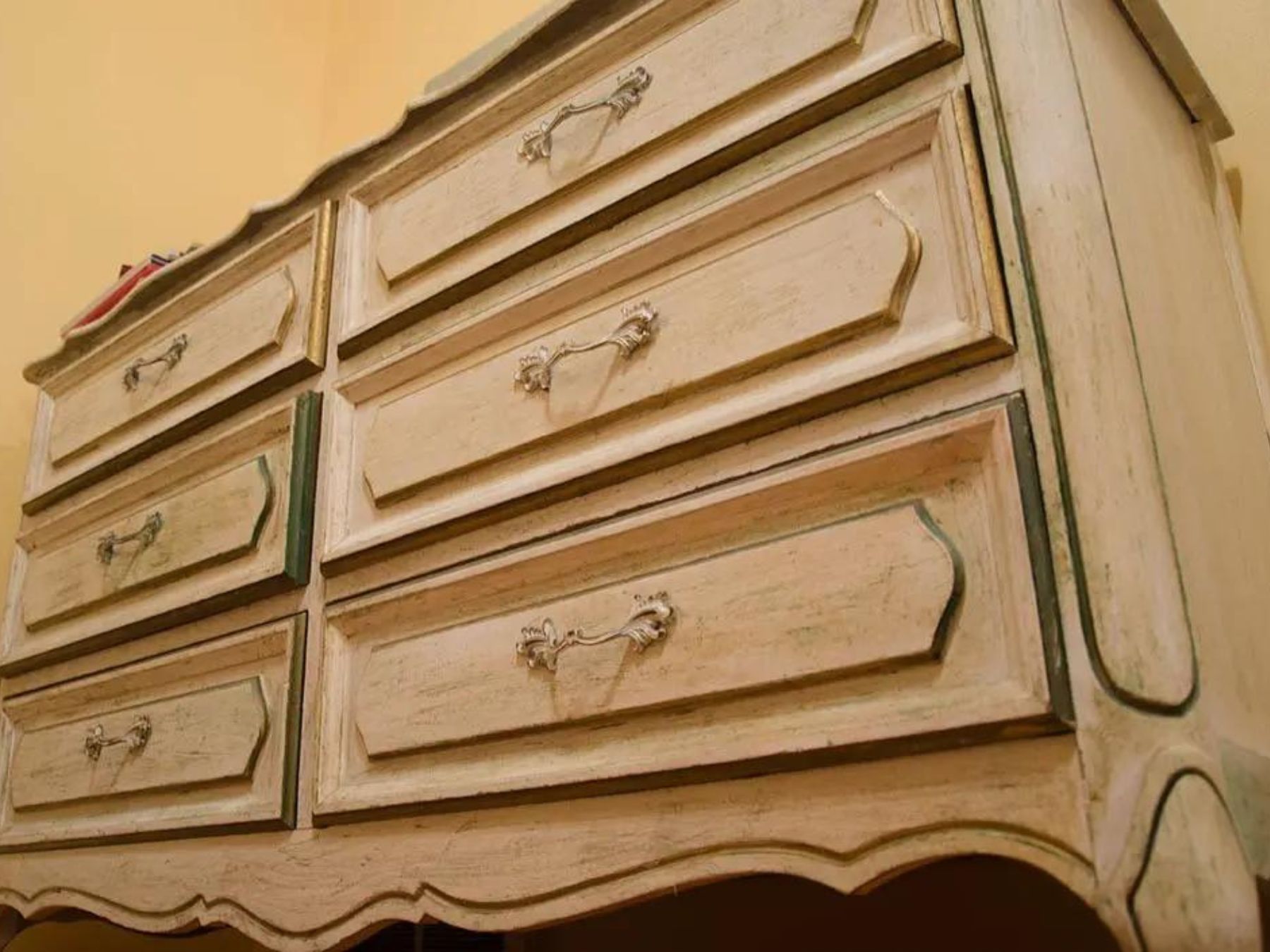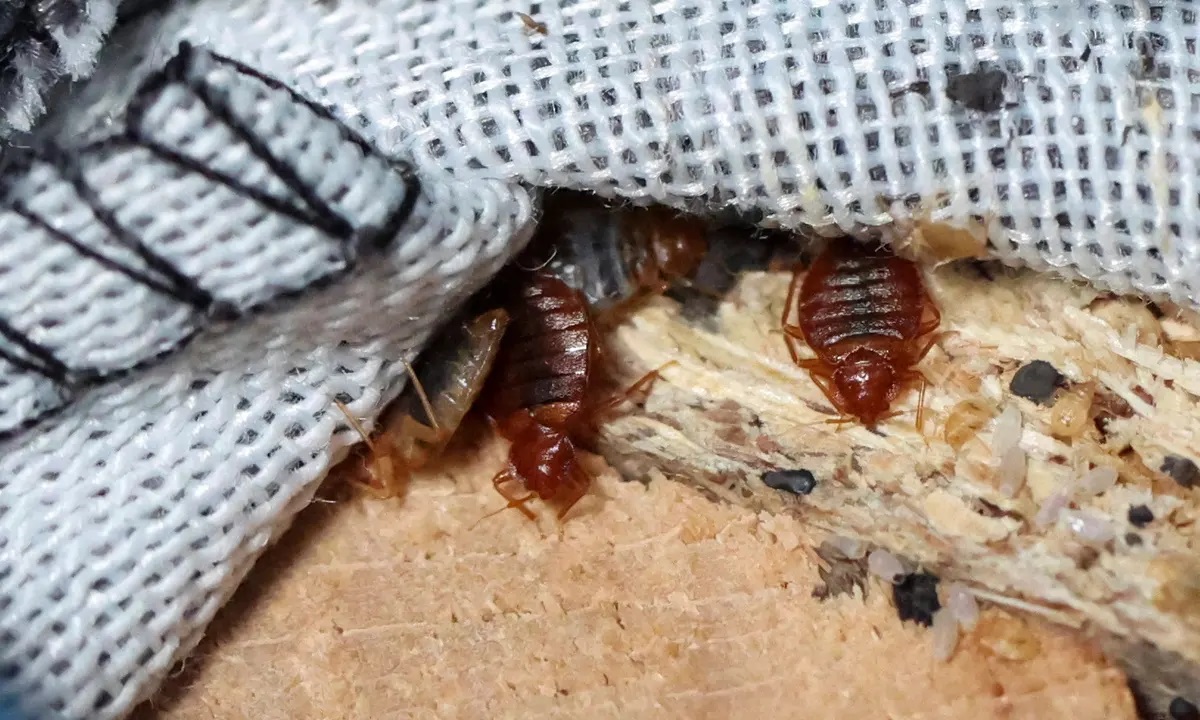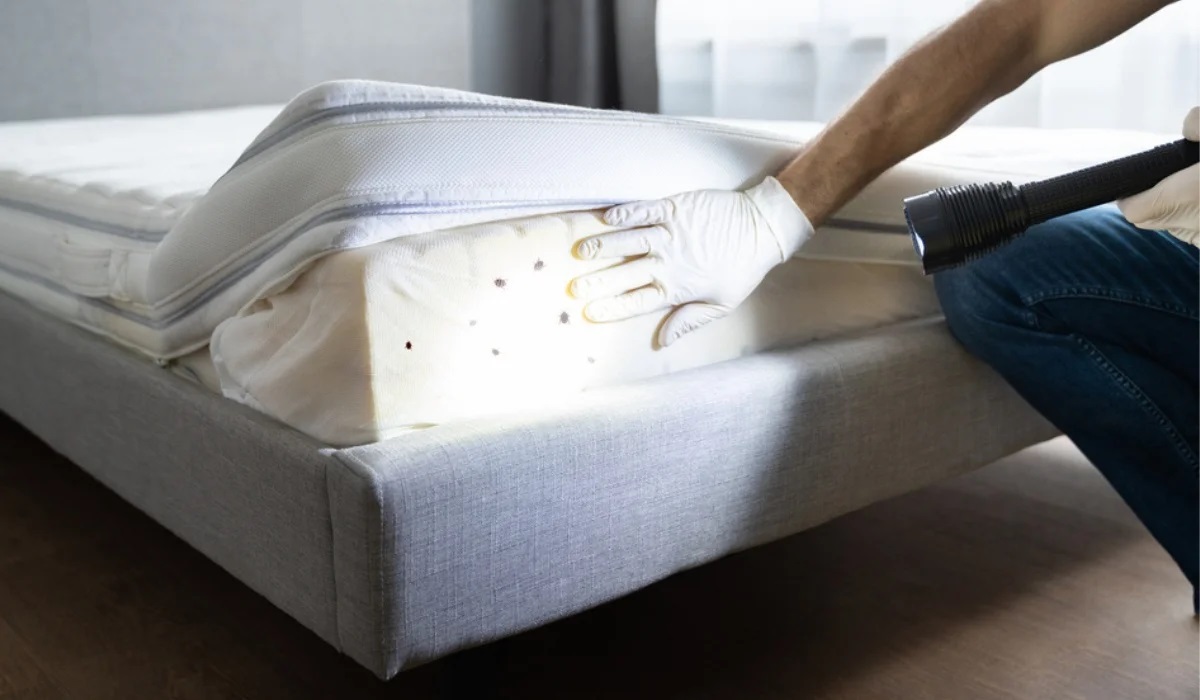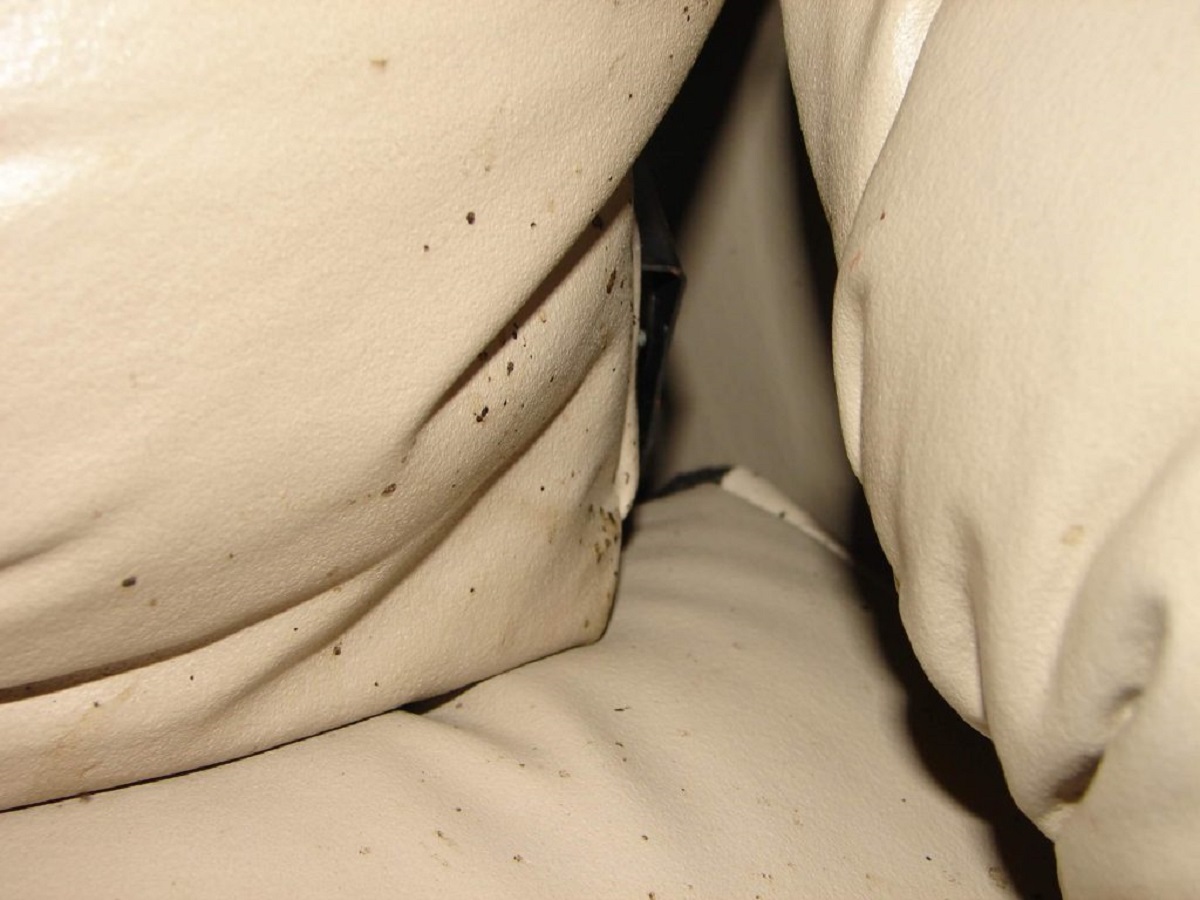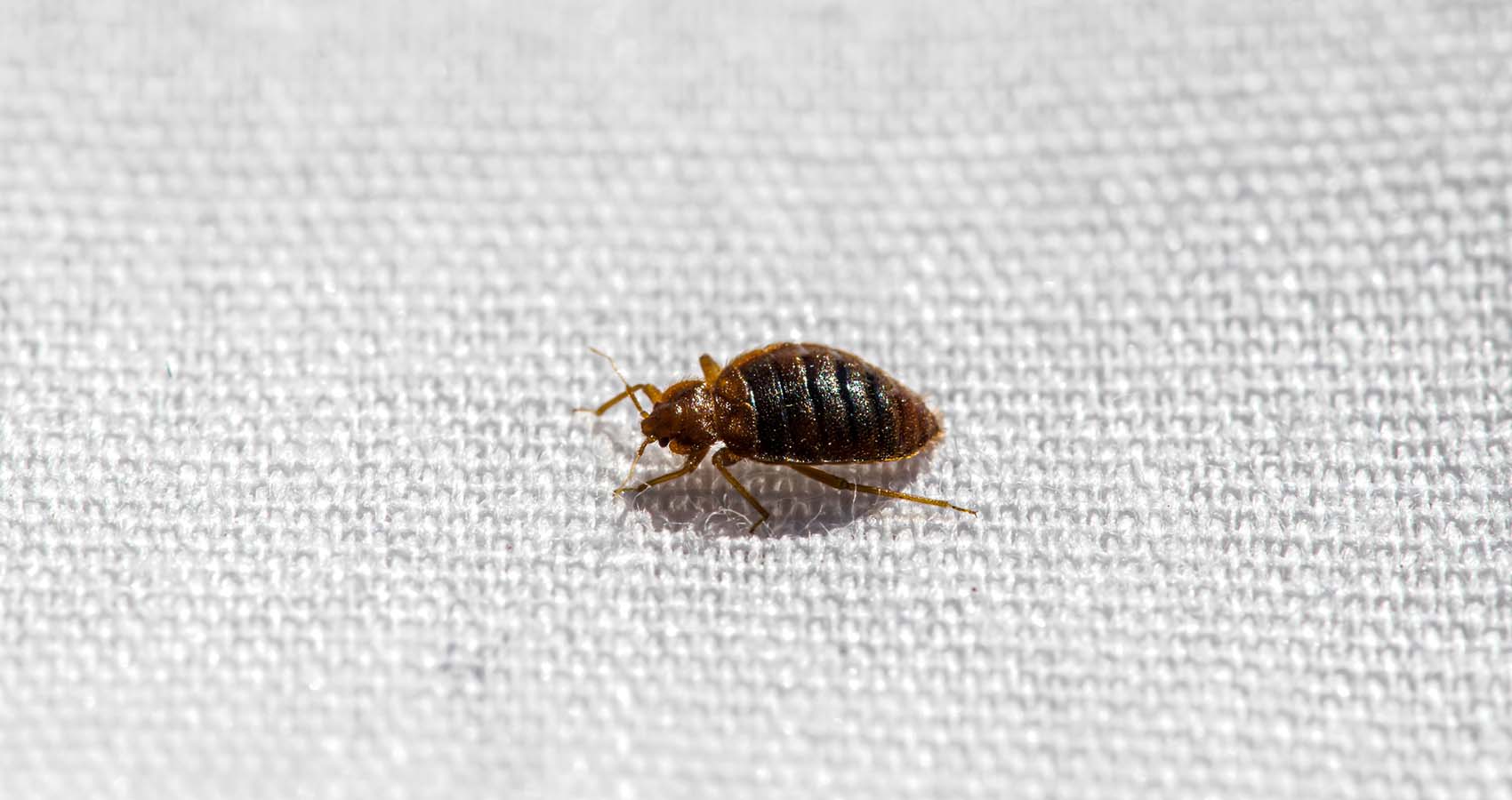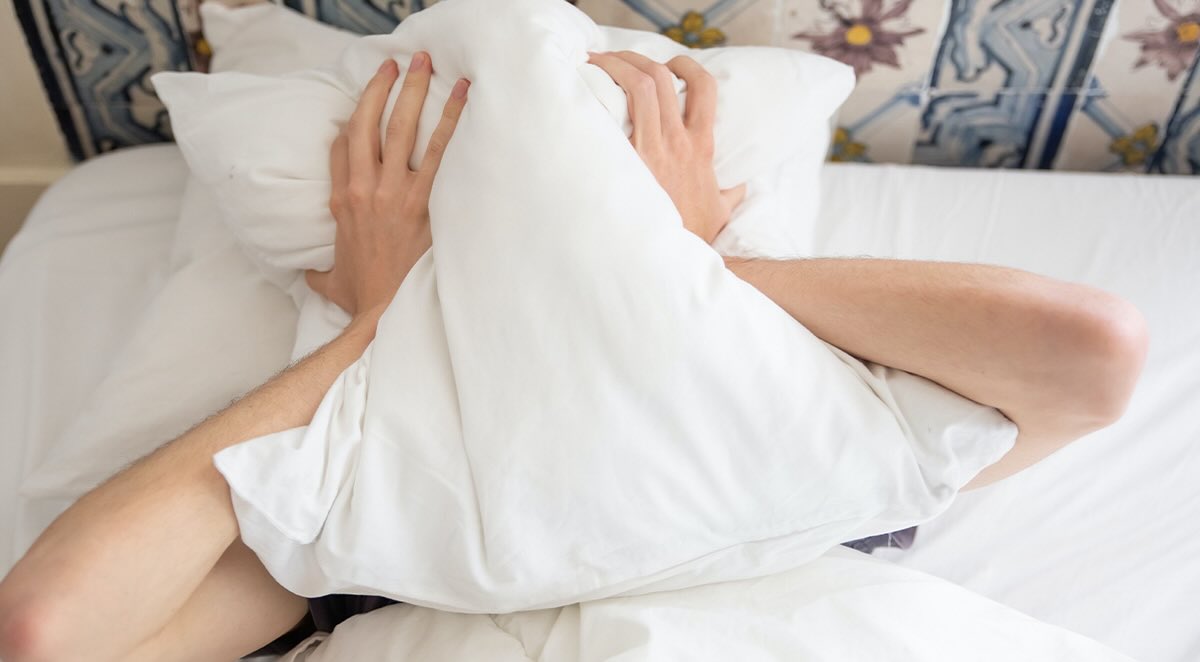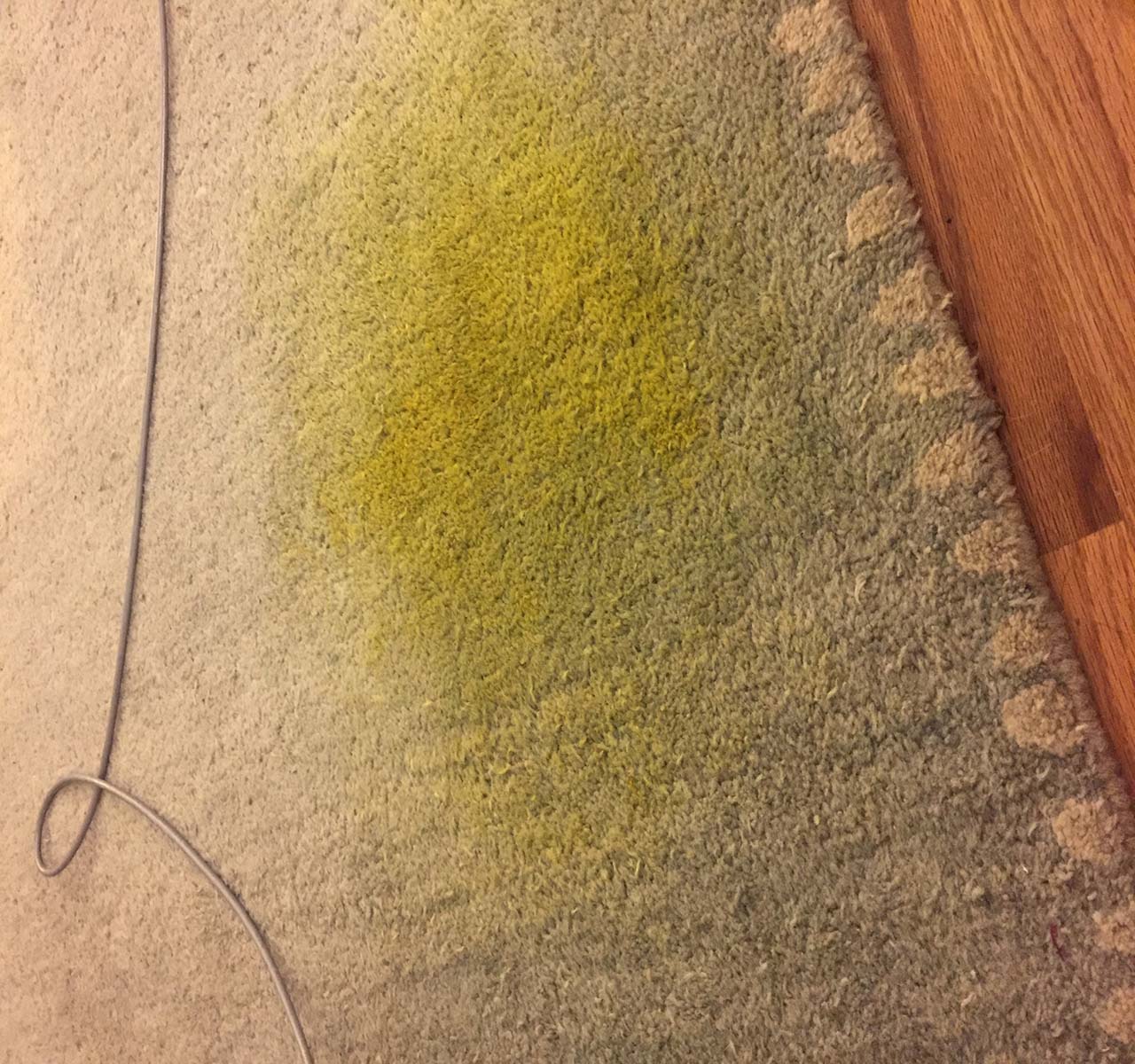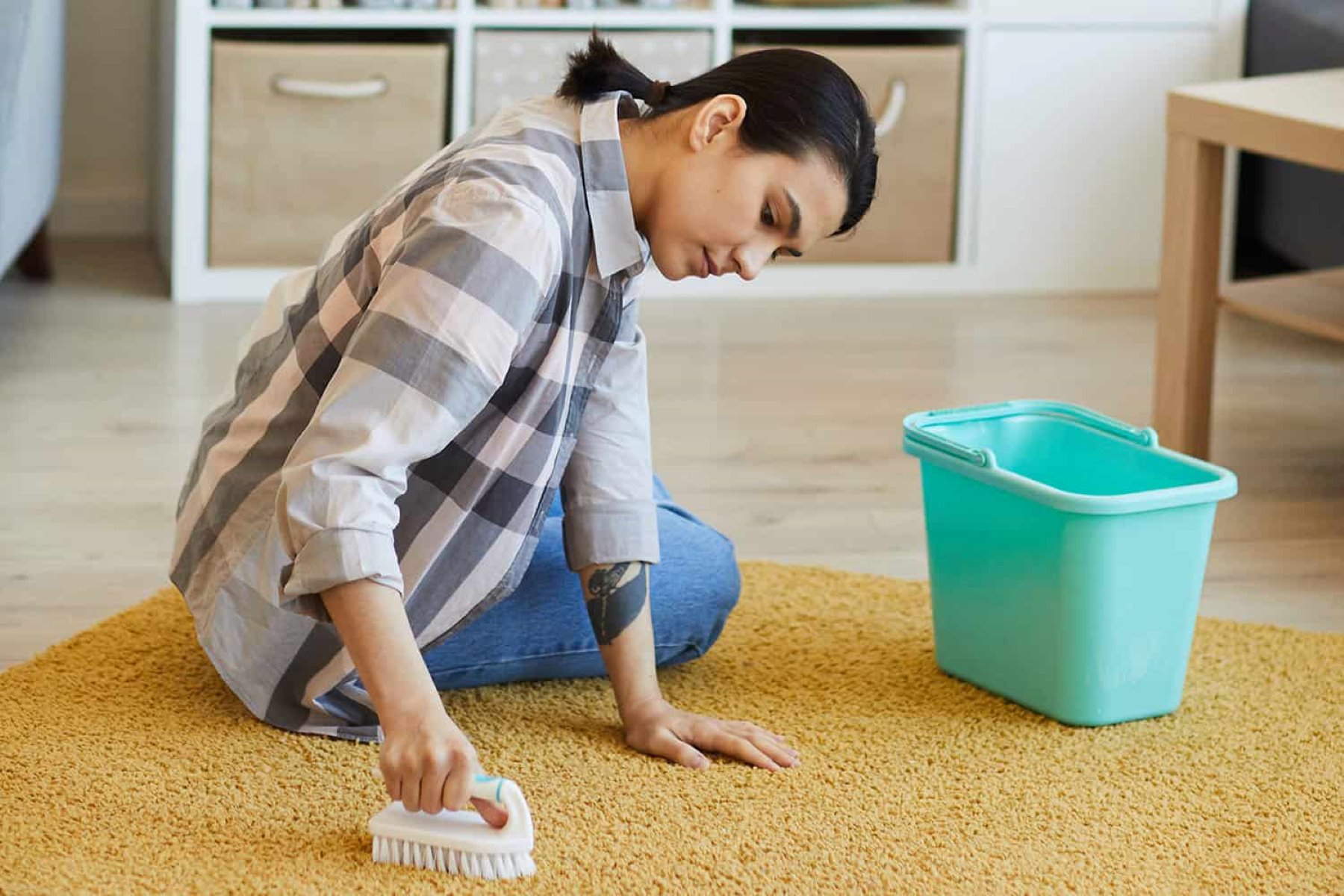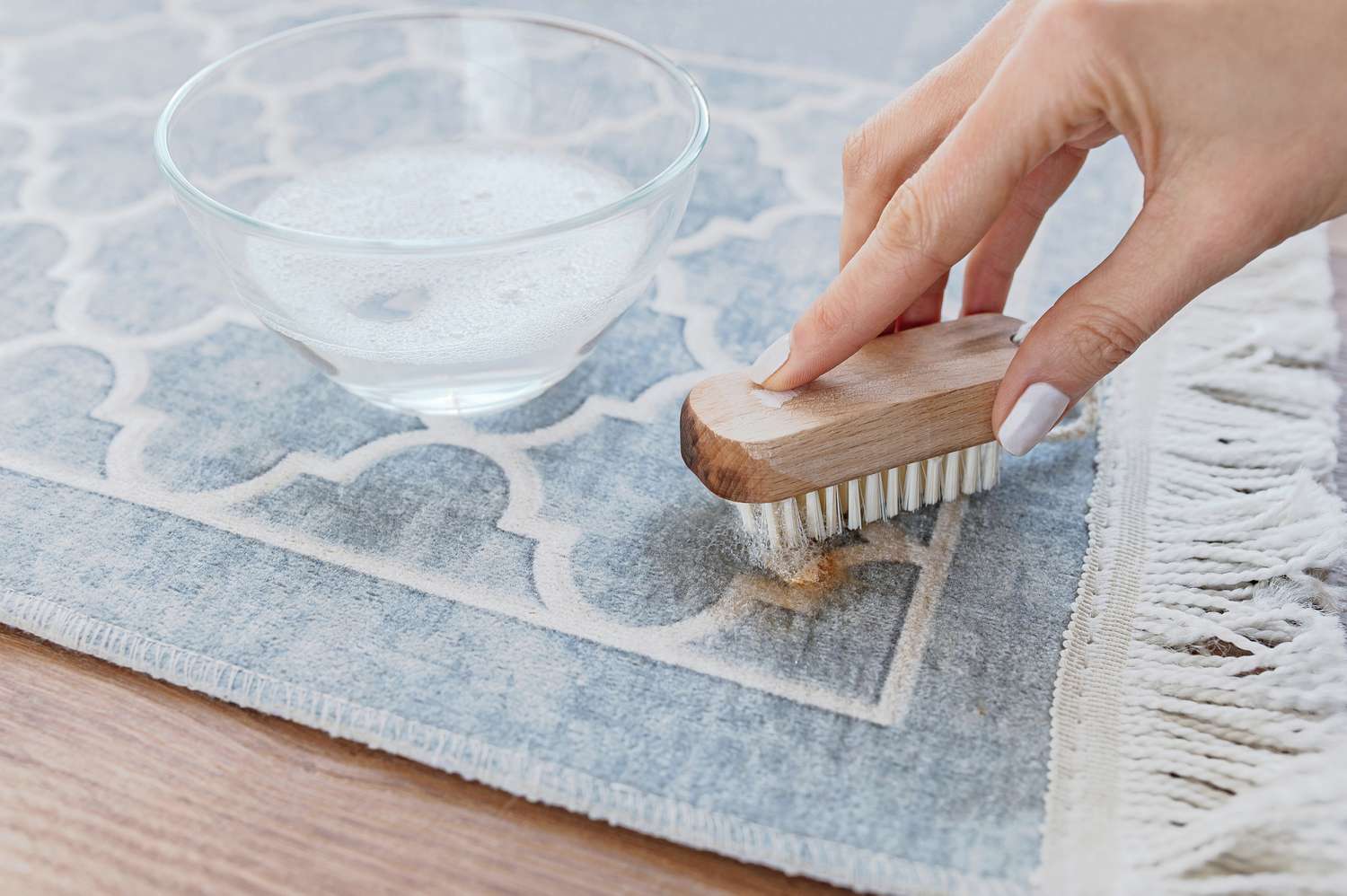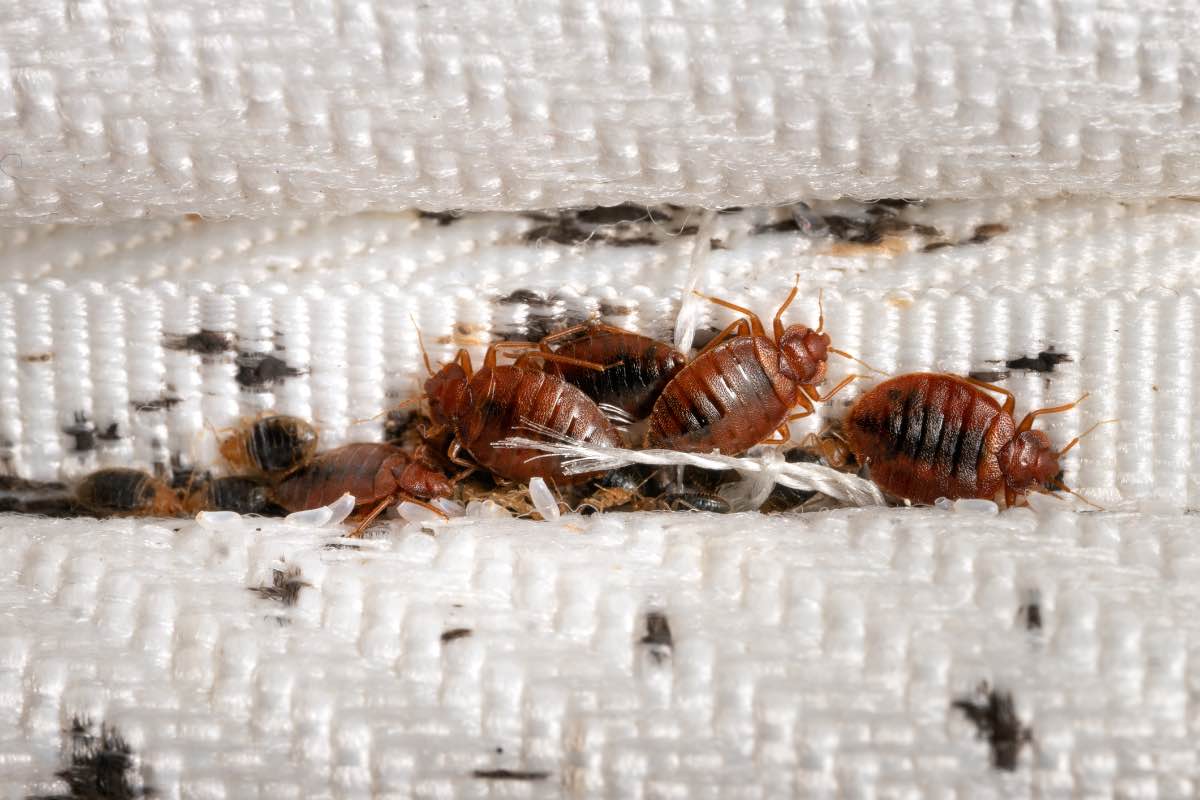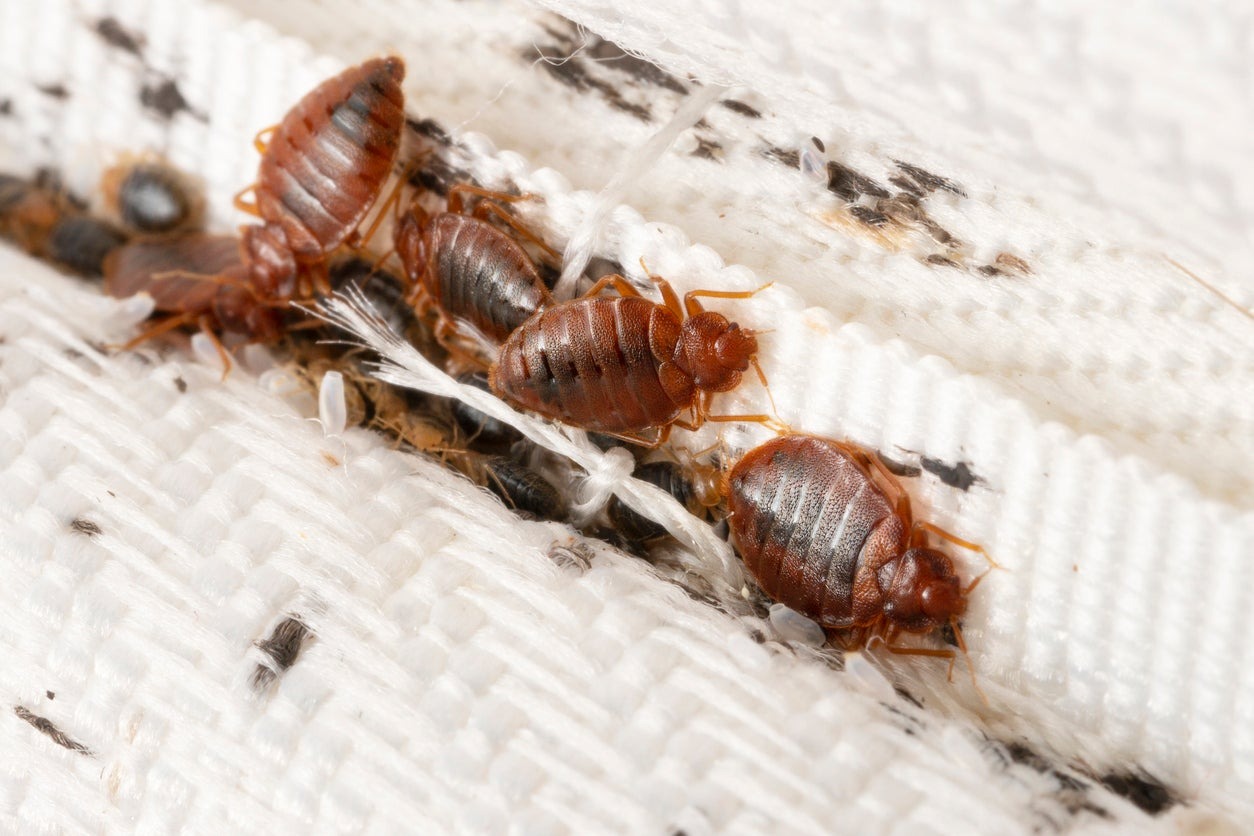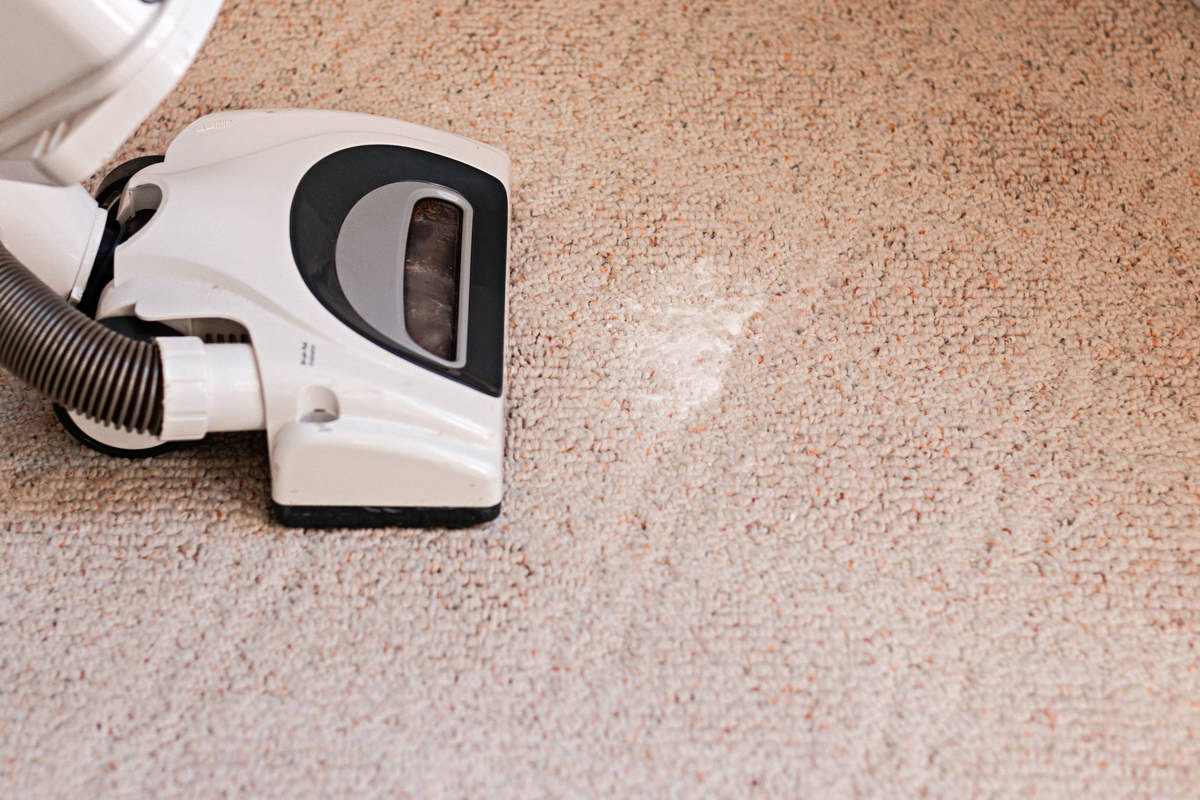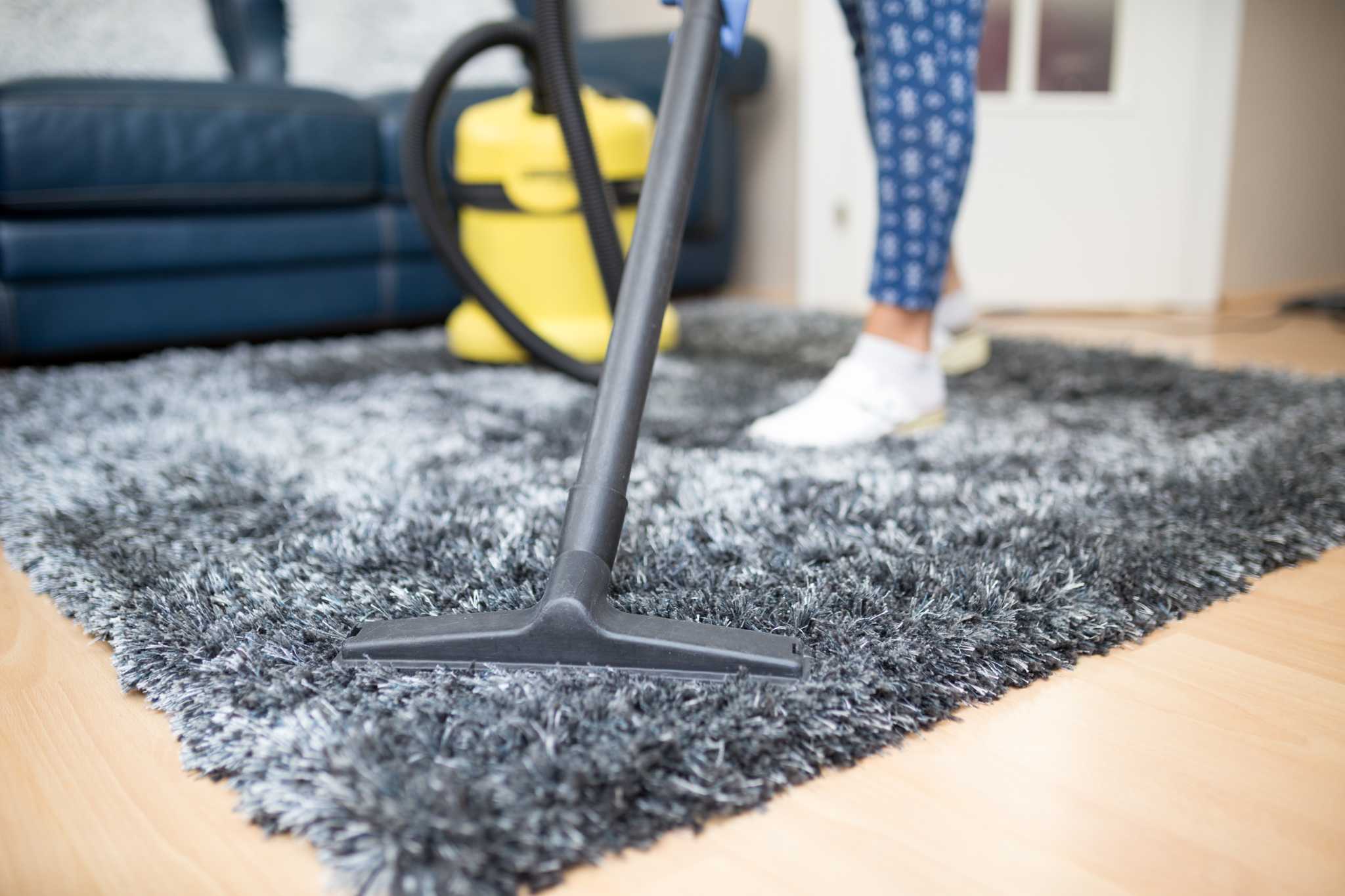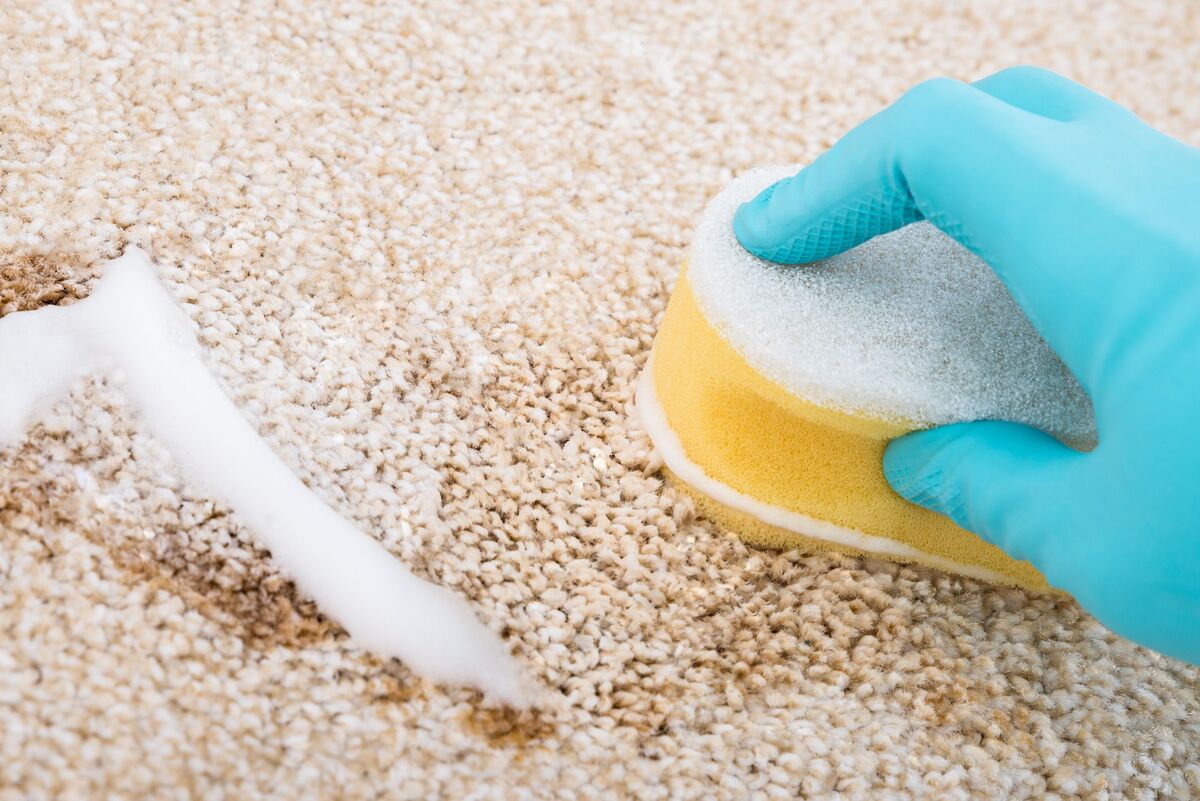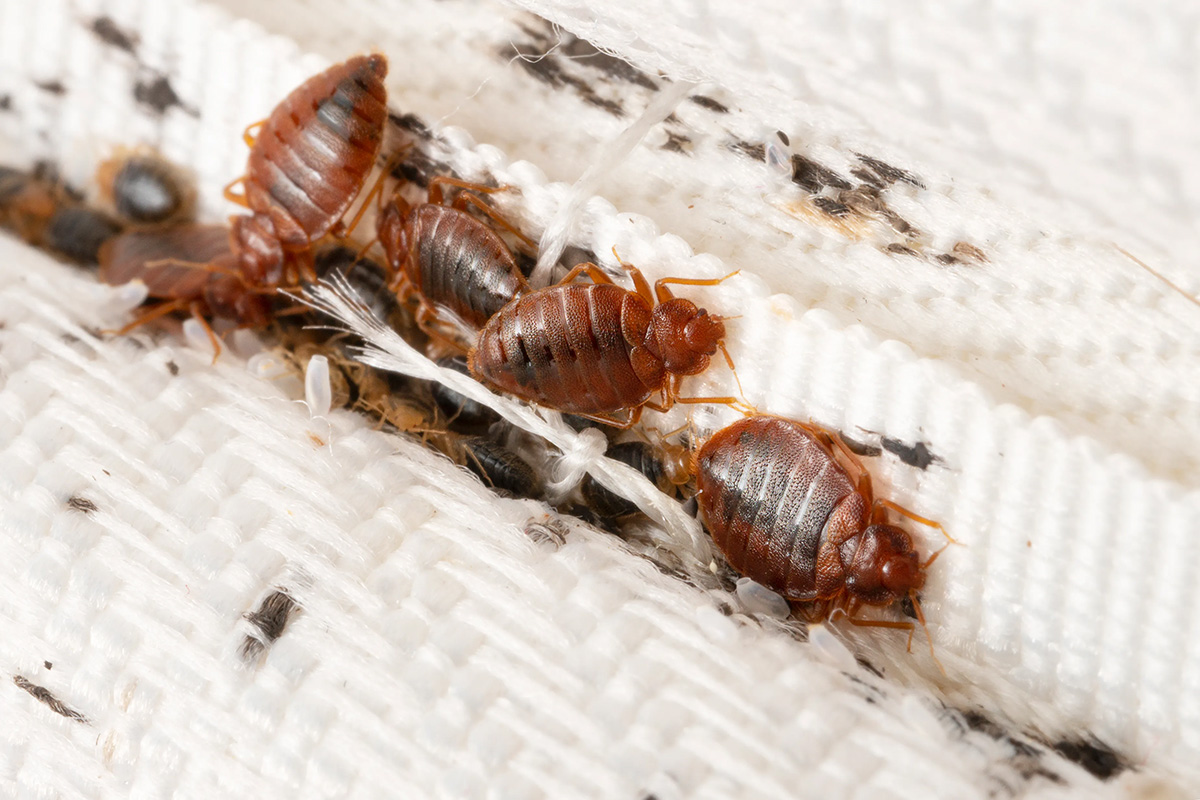

Articles
How To Get Bed Bugs Out Of A Carpet
Modified: January 9, 2024
Learn effective methods and techniques in this informative article on how to eliminate bed bugs from your carpet. Find expert advice and tips to keep your home bug-free.
(Many of the links in this article redirect to a specific reviewed product. Your purchase of these products through affiliate links helps to generate commission for Storables.com, at no extra cost. Learn more)
Introduction
Bed bugs are pesky little creatures that can infest various areas of our homes, including carpets. While the thought of having bed bugs in your carpet may be unsettling, it’s important to address the problem promptly to ensure a comfortable and bug-free living environment. In this article, we will explore the various methods and techniques to get rid of bed bugs from your carpet.
Before we dive into the solutions, let’s familiarize ourselves with the characteristics and behaviors of these unwelcome intruders. Bed bugs are small, nocturnal insects that feed on the blood of humans and animals. They are wingless and have a flat, oval-shaped body, which allows them to hide in narrow cracks and crevices.
These pests are excellent hitchhikers and can easily spread from one location to another through infested furniture, luggage, or clothing. Once they find their way into your home, bed bugs can quickly infest your carpet, mattress, and other soft furnishings.
Identifying signs of bed bugs in your carpet is crucial to effectively combat the infestation. Look out for the following indicators:
- Small, dark spots or stains on the carpet surface, which could be bed bug excrement
- Eggs or eggshells, which are tiny and white
- Shed skins or exoskeletons of bed bugs
- Reddish-brown or rust-colored stains, indicating bed bug blood stains
- Unpleasant, musty odor emanating from the carpet
- Bites or rashes on your body after waking up, which could be a result of bed bug bites
Once you have identified the presence of bed bugs in your carpet, it’s time to take action. The following methods can help you effectively eliminate bed bugs from your carpet:
Key Takeaways:
- Thoroughly clean and vacuum your carpet, use steam cleaning, natural remedies, and seek professional pest control if needed to effectively eliminate and prevent bed bug infestations.
- Regularly inspect, encase, and launder bedding, minimize clutter, and be cautious when traveling to keep bed bugs away from your carpets and maintain a clean, pest-free home.
Read more: How To Find Bed Bugs In A Carpet
Understanding Bed Bugs
Before we delve into the methods of getting rid of bed bugs from your carpet, it’s important to understand these resilient pests. Bed bugs belong to the family Cimicidae and are scientifically known as Cimex lectularius. These parasitic insects have been a nuisance for centuries and have made a comeback in recent years, infesting homes, hotels, and even public spaces.
Bed bugs are small, nocturnal insects that feed on the blood of humans and animals. They are typically reddish-brown in color and have a flat, oval-shaped body, which allows them to easily hide in cracks and crevices. Despite their name, bed bugs can infest a variety of areas, not just beds. They can be found in carpets, furniture, clothing, and even electrical outlets.
These pests are highly adaptable and can survive in a wide range of temperature and humidity conditions. They have a remarkable ability to remain hidden for long periods of time, making it difficult to detect and control infestations. Bed bugs are excellent hitchhikers and can travel from one location to another via luggage, clothing, and furniture.
Contrary to popular belief, bed bugs are not a result of poor sanitation. They are equal opportunists and can infest both clean and dirty environments. However, cluttered spaces provide more hiding spots, making it easier for bed bugs to go unnoticed.
One of the most distressing aspects of a bed bug infestation is the itchy bites that they leave behind. Bed bug bites are often arranged in a linear or clustered pattern and can cause rashes, redness, and intense itching. While bed bugs are not known to transmit diseases, their bites can cause significant discomfort and distress.
Getting rid of bed bugs requires thorough and persistent efforts. It’s important to understand that a single treatment may not be enough to completely eliminate these pests. Regular monitoring and follow-up treatments may be necessary to ensure a bed bug-free environment.
Now that we have a better understanding of bed bugs and their behavior, let’s move on to identifying the signs of bed bug infestations in carpets.
Signs of Bed Bugs in Carpets
Bed bugs have a knack for hiding in small cracks and crevices, making it difficult to spot them with the naked eye. However, there are several signs that can alert you to their presence, particularly in carpets. By being aware of these signs, you can take prompt action to address the infestation before it spreads further.
Here are some common signs of bed bugs in carpets:
- Dark spots or stains: Bed bug excrement, often referred to as fecal matter, appears as small dark spots or stains on the surface of the carpet. These spots are typically black or dark brown in color and may be found near their hiding spots or along the edges of the carpet.
- Eggs and eggshells: Bed bug eggs are tiny, about the size of a pinhead, and are usually white or translucent. They are often laid in clusters and can be found in the carpet fibers or tucked away in cracks and crevices. Look for small, oval-shaped shells as well, as these indicate that the eggs have hatched.
- Shed skins: As bed bugs grow and develop, they shed their exoskeletons, leaving behind translucent skins. These shed skins can accumulate in the carpet, especially in areas where the bed bugs are actively infesting.
- Blood stains: After feeding on a blood meal, bed bugs may leave behind reddish-brown or rust-colored stains on the carpet. These stains are a result of crushed bed bugs or their excrement and can be found on the surface or in the fibers of the carpet.
- Unpleasant odor: Bed bugs release pheromones that have a distinct, musty odor. If your carpet has a foul smell that is not easily explained, it could be an indication of a bed bug infestation.
- Skin reactions: Bed bug bites can cause itching, redness, and rashes on the skin. If you notice unexplained bite marks or skin irritations after spending time on or near the carpet, it’s a strong indicator of a bed bug infestation.
Remember, it’s important to thoroughly inspect the carpet and surrounding areas to confirm the presence of bed bugs. If you spot any of these signs, take immediate action to address the infestation and prevent further spread.
Now that we have identified the signs of bed bugs in carpets, let’s explore the various methods to eliminate these pests and restore a bug-free environment.
Cleaning and Vacuuming the Carpet
One of the first steps in getting rid of bed bugs from your carpet is to thoroughly clean and vacuum the affected area. This process helps to remove bed bugs, their eggs, and any debris that may be hiding in the carpet fibers.
Here are the steps you can follow to effectively clean and vacuum your carpet:
- Prepare the area: Before you begin, clear the carpet of any furniture or objects that may obstruct your cleaning efforts. This will ensure that you have easy access to the entire carpet surface.
- Remove loose debris: Use a broom or a stiff brush to loosen and remove any loose dirt, debris, or crumbs from the carpet. This will make the vacuuming process more effective and prevent blockages in the vacuum cleaner.
- Vacuum the carpet: Use a powerful vacuum cleaner with a high-efficiency particulate air (HEPA) filter to vacuum the entire carpet. Pay special attention to areas where the signs of bed bug infestation are most evident, such as along the edges, under furniture, and in cracks and crevices. Be sure to vacuum both sides of the carpet, if possible.
- Dispose of the vacuum bag: After vacuuming, seal the vacuum bag or empty the canister into a plastic bag and dispose of it outside of your home. This will prevent any captured bed bugs from escaping back into your living space.
- Steam clean the carpet: Optional, but highly effective, is to use a steam cleaner to treat the carpet. Steam cleaning not only kills bed bugs but also eliminates their eggs and larvae. It is important to follow the manufacturer’s instructions and ensure that the carpet is thoroughly dried afterwards to prevent mold and mildew growth.
- Inspect and repeat: After cleaning and vacuuming, inspect the carpet for any remaining signs of bed bugs. If you still notice evidence of infestation, repeat the cleaning process or consider using other methods to eradicate the bed bugs.
Regular vacuuming and cleaning of your carpets can help to prevent and control bed bug infestations. However, it’s important to note that thorough cleaning and vacuuming alone may not completely eliminate a severe infestation. In such cases, additional measures may be necessary.
Now that we have cleaned the carpet, let’s explore other methods, including steam cleaning and natural remedies, to further combat bed bugs in the carpet.
Steam Cleaning the Carpet
Steam cleaning is a highly effective method for getting rid of bed bugs in carpets. The high temperatures produced by steam can kill bed bugs, their eggs, and larvae, effectively eliminating the infestation.
Here is a step-by-step guide on how to steam clean your carpet to get rid of bed bugs:
- Preparation: Before you begin, make sure to read the manufacturer’s instructions for your steam cleaner and familiarize yourself with its settings and attachments. Prepare the area by removing any furniture or objects that may interfere with the steam cleaning process.
- Vacuum the carpet: To remove any loose dirt, debris, or bed bugs that may be present on the surface, thoroughly vacuum the carpet. Pay extra attention to areas where bed bug activity has been detected.
- Adjust the steam cleaner: Set the steam cleaner to the appropriate temperature and pressure for carpet cleaning. Ensure that the steam produced by the cleaner is hot enough to kill the bed bugs without damaging the carpet fibers.
- Steam clean the carpet: Begin steaming the carpet, starting from one corner and working your way across the entire surface. Pay close attention to areas where bed bugs are likely to hide, such as cracks, crevices, and along the edges of the carpet. Slowly move the steam cleaner over these areas, allowing the steam to penetrate the carpet and reach the bed bugs.
- Repeat the process: For optimal results, make multiple passes over the carpet, ensuring that the steam reaches all areas. Take your time and be thorough in your approach to ensure maximum bed bug elimination.
- Dry the carpet: After steam cleaning, allow the carpet to thoroughly dry before replacing furniture or walking on it. This will help prevent mold and mildew growth. You can use fans or open windows to speed up the drying process.
It’s important to note that steam cleaning is most effective when used alongside other treatments, such as vacuuming, and in combination with additional methods for severe infestations. Regular steam cleaning can help prevent the recurrence of bed bug infestations and maintain a clean, bug-free carpet.
Now that we have explored the process of steam cleaning the carpet, let’s look at using natural remedies to kill bed bugs in carpets.
Vacuum the carpet thoroughly, paying special attention to seams, edges, and underneath furniture. Use a steam cleaner on high heat to kill any remaining bed bugs and their eggs. Dispose of the vacuum bag in a sealed plastic bag.
Read more: How To Get Rid Of Bed Bugs
Using Natural Remedies to Kill Bed Bugs
If you prefer to use natural remedies to eliminate bed bugs from your carpet, there are several options available that can be effective in killing these pests without the use of harsh chemicals. Natural remedies are not only safer for your health and the environment, but they can also be more gentle on your carpet fibers.
Here are some natural remedies to consider:
- Diatomaceous earth: Diatomaceous earth is a fine powder made from the fossilized remains of tiny aquatic organisms. It works by dehydrating the bed bugs and damaging their exoskeleton. Sprinkle a generous amount of food-grade diatomaceous earth on the carpet, paying close attention to areas where bed bugs are likely to hide. Leave it for a few days, then vacuum it up along with the dead bed bugs.
- Baking soda: Baking soda can help to absorb moisture and eliminate odors, which can deter bed bugs. Sprinkle baking soda on the carpet and leave it overnight before thoroughly vacuuming the area. Repeat this process regularly to help control and prevent bed bug infestations.
- Essential oils: Certain essential oils have insecticidal properties that can repel and kill bed bugs. Tea tree oil, lavender oil, and peppermint oil are popular choices. Dilute a few drops of the essential oil with water in a spray bottle and generously spray it onto the carpet. Pay attention to areas where bed bugs are most likely to hide. Repeat this process regularly to maintain a pest-free environment.
- Heat treatment: Bed bugs are sensitive to high temperatures. Exposing infested carpets to high heat can effectively kill the bed bugs and their eggs. Place the carpet in direct sunlight or use a handheld steamer to steam the carpet thoroughly. Ensure that the heat reaches all areas, including cracks and crevices.
- Vacuuming with a brush attachment: In addition to regular vacuuming, using a brush attachment can help dislodge and remove bed bugs and their eggs from the carpet fibers. The bristles of the brush attachment can help agitate and loosen the pests, allowing the vacuum to effectively suck them up.
It’s important to note that while natural remedies can be effective in managing bed bugs, they may not completely eradicate a severe infestation. In such cases, it may be necessary to seek professional pest control assistance or use additional methods.
Now that we have explored natural remedies, let’s discuss when it may be necessary to call professional pest control for help with bed bugs in your carpet.
Calling Professional Pest Control
While DIY methods can be effective for small-scale bed bug infestations, severe or recurring infestations may require the expertise and specialized treatments provided by professional pest control companies. Professional pest control technicians have the knowledge, experience, and tools to effectively eliminate bed bugs from your carpet and prevent their return.
Here are a few reasons why you may consider calling professional pest control for help with bed bugs in your carpet:
- Severe infestation: If your carpet is heavily infested with bed bugs and other methods have not provided satisfactory results, professional intervention may be necessary. Pest control technicians have access to stronger, more potent treatments that can eradicate large populations of bed bugs.
- Multiple infestations: If you have experienced multiple bed bug infestations in a short span of time, it could indicate that the source of the infestation has not been properly identified and eliminated. Professional pest control can help identify the root cause and apply targeted treatments to prevent future infestations.
- Hard-to-reach areas: Bed bugs can hide in the tiniest cracks and crevices, making it challenging to completely eliminate them with DIY methods. Professional pest control technicians have the expertise to locate and treat all potential hiding spots, ensuring that no bed bugs are left behind.
- Customized treatment plans: Professional pest control companies can provide customized treatment plans tailored to your specific situation. They will assess the severity of the infestation, evaluate the type of carpet you have, and consider any health or environmental concerns when determining the most suitable treatment approach.
- Follow-up inspections and treatments: Bed bug treatment is an ongoing process, and multiple treatments may be necessary to fully eradicate the infestation. Professional pest control companies often provide follow-up inspections and treatments to ensure that the infestation has been completely eliminated and to address any lingering bed bug activity.
When choosing a professional pest control company, make sure to research their reputation, experience, and expertise in dealing with bed bugs. Read reviews and ask for recommendations from friends or family who have dealt with similar issues. It’s also essential to inquire about the methods and products they use to ensure they are safe for you, your family, and your pets.
Now that we have discussed the option of calling professional pest control, let’s explore some prevention tips to keep bed bugs away from your carpets in the future.
Prevention Tips to Keep Bed Bugs Away from Carpets
Preventing bed bug infestations in your carpets is essential to maintaining a clean and pest-free home. By following a few simple prevention tips, you can greatly reduce the risk of bed bugs making their way into your carpets:
- Regularly inspect your bedding: Bed bugs often migrate from the bed to other areas of the home, including carpets. Regularly check your mattress, sheets, and pillowcases for any signs of infestation, such as blood stains, dark spots, or live bugs.
- Encase your mattress and box spring: Invest in high-quality, bed bug-proof encasements for your mattress and box spring. These encasements create a barrier, preventing bed bugs from infesting these areas and making their way into your carpets.
- Be cautious when traveling: Bed bugs are expert hitchhikers, so be vigilant when staying in hotels or visiting other people’s homes. Inspect your luggage and clothing upon returning home. Consider using a portable garment steamer to steam your luggage, killing any potential hitchhiking bed bugs.
- Minimize clutter: Clutter provides ideal hiding spots for bed bugs, making it harder to detect and eliminate infestations. Keep your living areas clutter-free, reducing potential hiding spots for these pests.
- Vacuum regularly: Regular vacuuming can help to remove any potential bed bugs or eggs that may be hiding in your carpets. Pay special attention to cracks, crevices, and the edges of the carpet.
- Inspect second-hand items: Whether it’s furniture, rugs, or clothing, thoroughly inspect second-hand items before bringing them into your home. Bed bugs can easily hide in these items and be unknowingly transported into your carpets.
- Use bed bug-proof covers: Consider using bed bug-proof covers for your pillows and cushions. These covers prevent bed bugs from infesting these areas and can be easily removed and washed as needed.
- Regularly launder and dry bedding: Wash your bedding, including sheets, pillowcases, and blankets, in hot water regularly. The high temperatures will help kill any bed bugs or eggs that may be present.
By incorporating these prevention tips into your routine, you can significantly reduce the chances of a bed bug infestation in your carpets. However, it’s important to stay vigilant and address any signs of infestation promptly to prevent further spread.
Now that we have covered prevention tips to keep bed bugs away from your carpets, let’s conclude our article.
Conclusion
Dealing with bed bugs in your carpets can be a frustrating and challenging task. However, by taking proactive measures and utilizing effective methods, you can successfully eliminate these pests and prevent future infestations.
In this article, we have explored various techniques for getting rid of bed bugs from your carpet. We discussed the importance of understanding bed bugs and being able to identify signs of infestation. We also covered the process of cleaning and vacuuming the carpet, as well as using steam cleaning and natural remedies to kill bed bugs.
If DIY methods prove insufficient, calling professional pest control can provide the expertise and specialized treatments needed to tackle severe infestations. Additionally, we provided prevention tips to help you keep bed bugs away from your carpets, reducing the risk of future infestations.
Remember, persistence is key when dealing with bed bugs. Regular monitoring, thorough cleaning, and preventive measures will help maintain a bed bug-free and comfortable living environment.
By implementing these strategies and staying vigilant, you can effectively combat bed bugs in your carpets and enjoy a clean, pest-free home.
If you have any questions or need further assistance, do not hesitate to reach out to a professional pest control service for advice and guidance. Here’s to a bed bug-free future!
Frequently Asked Questions about How To Get Bed Bugs Out Of A Carpet
Was this page helpful?
At Storables.com, we guarantee accurate and reliable information. Our content, validated by Expert Board Contributors, is crafted following stringent Editorial Policies. We're committed to providing you with well-researched, expert-backed insights for all your informational needs.
